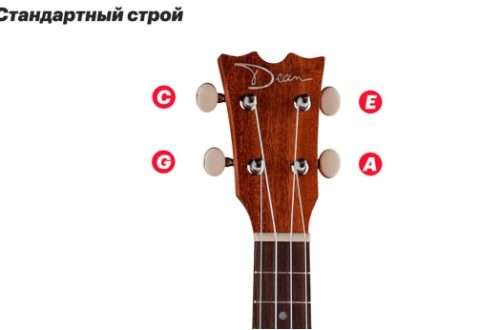
Periodization of musical culture
 The periodization of musical culture is a complex issue that can be viewed from different perspectives depending on the selected criteria. But the most important factors in the transformation of music are the forms and conditions in which it functions.
The periodization of musical culture is a complex issue that can be viewed from different perspectives depending on the selected criteria. But the most important factors in the transformation of music are the forms and conditions in which it functions.
From this point of view, the periodization of musical culture is presented as follows:
- Enjoying natural sounds (music in nature). At this stage there is no art yet, but aesthetic perception is already present. The sounds of nature as such are not music, but when perceived by humans they become music. At this stage, a person discovered the ability to enjoy these sounds.
- Applied music. It accompanied work, was its component, especially when it comes to collective work. Music becomes a part of everyday life.
- Rite. Music accompanies not only work, but also every important ritual.
- Isolation of the artistic component from the ritual and religious complex and its acquisition of independent aesthetic significance.
- Separation of individual parts, including music, from the artistic complex.
Stages of music formation
This periodization of musical culture allows us to distinguish three stages in the formation of music:
- The inclusion of musicality in human activity, the first manifestations of musicality;
- Early forms of music accompany games, rituals and work activities, as well as singing, dancing and theatrical performances. Music is inseparable from words and movement.
- Formation of instrumental music as an independent art form.
Approval of instrumental autonomous music
The periodization of musical culture does not end with the formation of instrumental autonomous music. This process was completed in the 16th-17th centuries. This allowed musical language and logic to develop further. Bach and his works are one of the milestones in the development of musical art. Here, for the first time, the independent logic of music and its ability to interact with other forms of art were fully revealed. However, until the 18th century, forms of music were interpreted from the perspective of musical rhetoric, which was largely dependent on literary standards.
The next stage in the development of music is the Viennese period classicism. This was the time when symphonic art flourished. Beethoven’s works demonstrated how music conveys the complex spiritual life of man.
In the period romanticism There were various trends in music. At the same time, musical art develops as an autonomous form, and instrumental miniatures appear that characterize the emotional life of the 19th century. Thanks to this, new forms have been developed that can flexibly reflect individual experiences. At the same time, musical images became clearer and more specific, since the new bourgeois public demanded clarity and vitality of content, and the updated musical language tried to be included as much as possible in artistic forms. An example of this is the operas of Wagner, the works of Schubert and Schumann.
In the 20th century, music continues to develop in two directions that seem to be opposite. On the one hand, this is the development of new specific musical means, the abstraction of music from life content. On the other hand, the development of art forms using music, in which new connections and images of music are developed, and its language becomes more specific.
On the path of cooperation and competition of all areas of musical art lies further human discoveries in this area.





